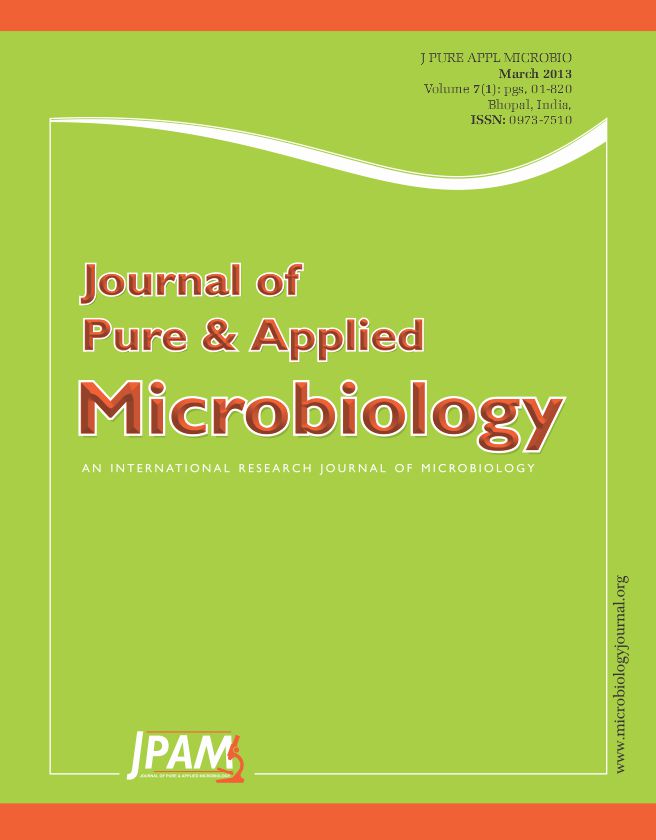Vestibular evoked myogenic potential (VEMP) is used as a test for investigating the performance of atrium, especially saccule. The present study aimed at comparing the results of VEMP test in adults with normal hearing and profound hearing impairment and investigating the incidence of this response in profoundly hearing impaired adults. In this cross-sectional investigation, VEMP was recorded through presenting the 500 Hertz tone-burst stimulus with the intensity of 97db nHL in 20 profoundly hearing impaired adults who did not have any vestibular disorders and 20 adults with normal hearing in the age range of 18-40 years old. VEMP waves were observed in 34 profoundly hearing impaired ears (87.17%). Average latency time of p13 and n23 was obtained as 15.73±0.25 ms and 24.35±0.26 ms, respectively, and p13-n23 range was 125.30±13.16 micro-v. There was no statistically significant difference between the values of average latency time of p13 and n23 and range of p13-n23 in the two groups (P>0.05). Considering the incidence of 87.17%, it seems that VEMP is evoked by the stimulation of profoundly hearing impaired ears and can be helpful in evaluating the balance performance of deaf and hard-of-hearing patients.
Vestibular evoked myogenic potential, profound hearing loss, Tone-burst
© The Author(s) 2014. Open Access. This article is distributed under the terms of the Creative Commons Attribution 4.0 International License which permits unrestricted use, sharing, distribution, and reproduction in any medium, provided you give appropriate credit to the original author(s) and the source, provide a link to the Creative Commons license, and indicate if changes were made.


